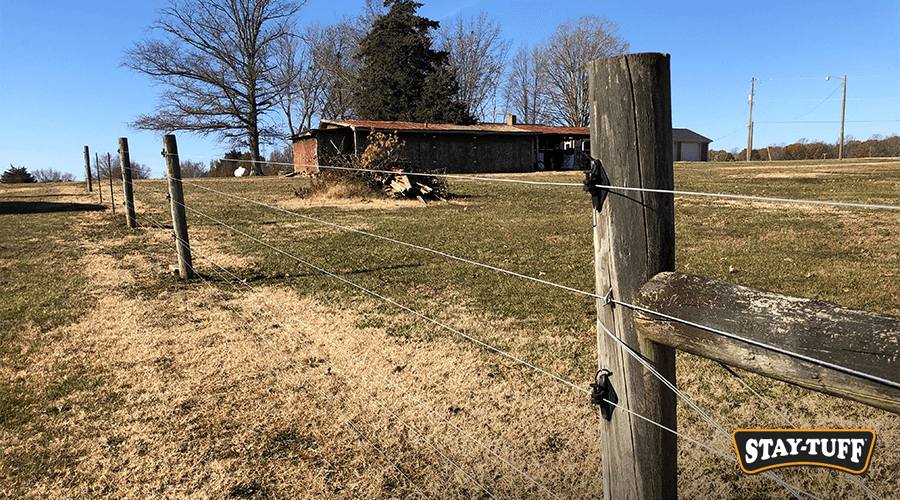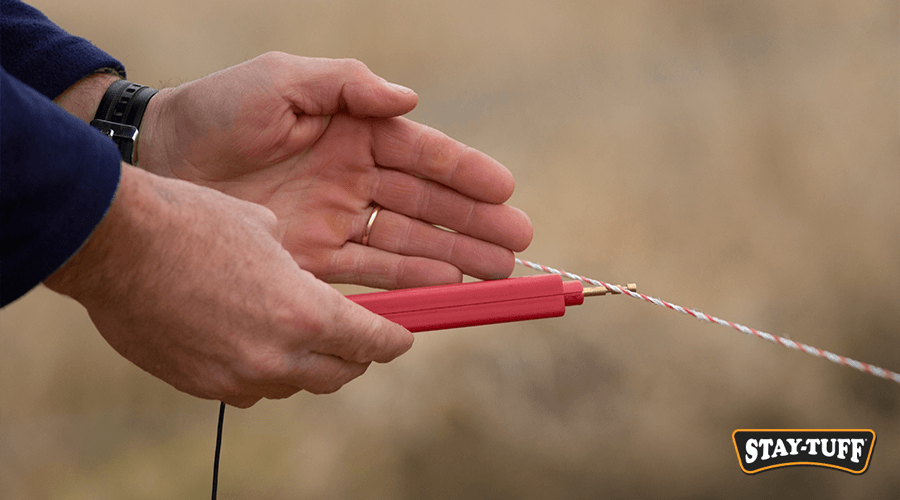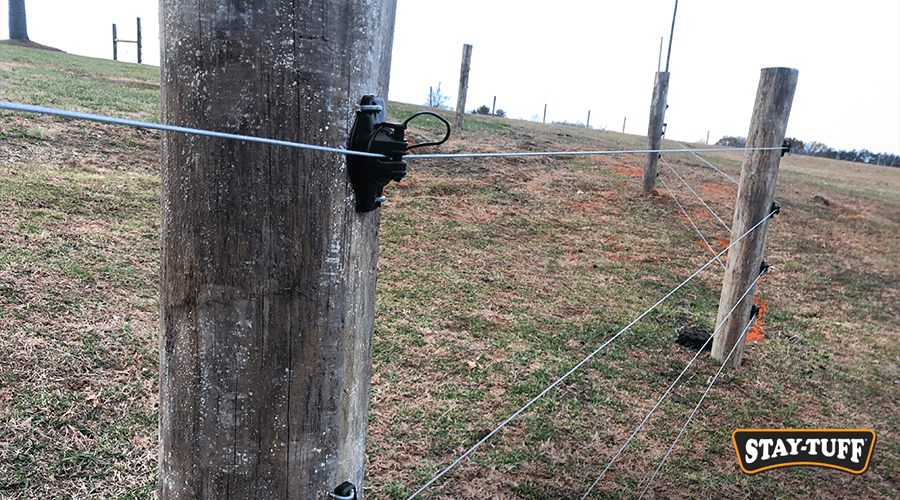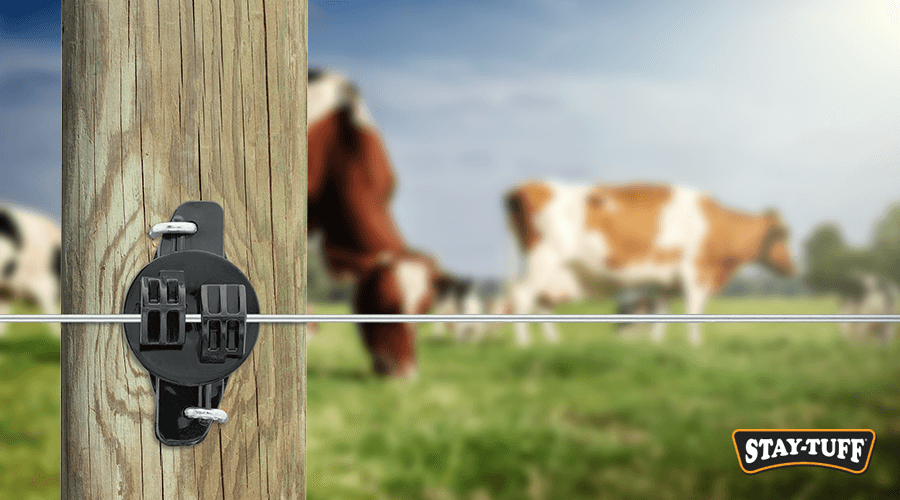
How to Test an Electric Fence
How to make sure your electric fence wire works properly
Electric fences are a simple, but very effective way of adding security to your property or previously installed fences.

An electric fence line is often installed to increase protection against predators, like wolves or coyotes, or to safeguard your own animals – anything from livestock to household pets.
Testing an electric fence voltage is vital for its performance: an extremely high voltage could cause serious injuries to animals or people, while a low voltage could lead to undesired results, like animals escaping or invading a property.
Options for testing
Note: Under no circumstances touch the fence with bare hands.
There are several things you can do to make sure your electric fence is working properly.

An electric fence voltmeter is a small, convenient type of fence tester that can be used to check the voltage of your wires.
Although instructions vary according to each manufacturer, you generally need to identify the ground wire beforehand, then touch the fence with the voltmeter’s probe. Typically, this should give you a reading of the voltage.
Some home improvement stores also carry contactless voltmeters, which have the same function.
These are a description of the general steps and not a guide, and should not be used as such to test your electric fence. You should get proper assistance, and follow manufacturer’s instructions.

A working electric fence will sometimes emit a buzzing or humming sound. You can check this by approaching (but never touching) the fence.
As affordable and quick as it is, this is a rudimentary and sometimes unreliable method. Not hearing a sound doesn’t necessarily mean the fence is not working.
Regardless of the method you choose to inspect your electric fence, the ultimate recommendation is to get assistance and guidance from certified professionals.
Try STAY-TUFF for your next installation

STAY-TUFF is synonymous with efficiency, affordability, performance and endurance.
STAY-TUFF Electric Wire Fences offer added conductivity, along with rust-resistant features. It is a great option for rotational grazing, crop protection and animal confinement or exclusion.
Plus, the high carbon content in the wire allows you to use less fence posts, saving you money and installation time.
Click here to learn where you can find STAY-TUFF solutions near you.